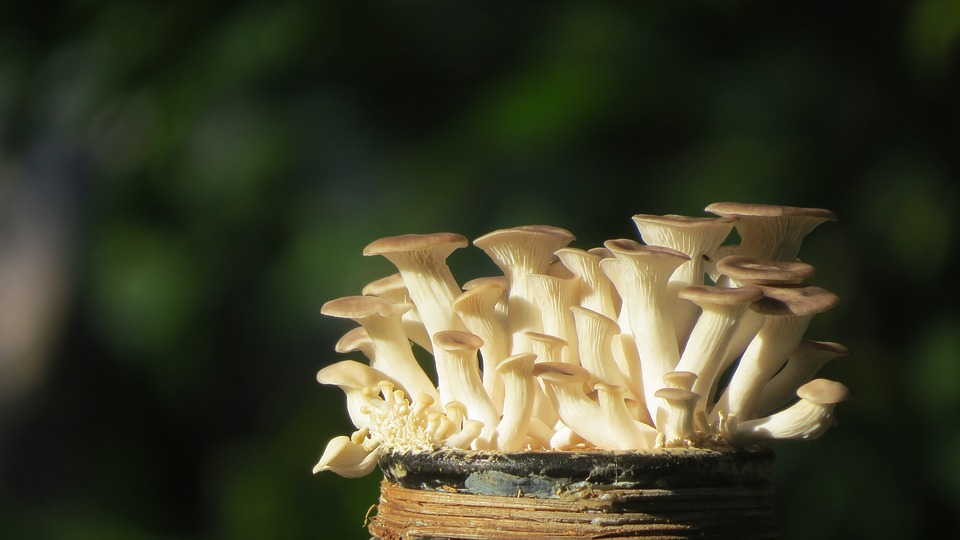Size Matters: Unpacking the Lives of Smaller and Larger Dinosaurs
When we think of dinosaurs, we often imagine massive, lumbering beasts like Tyrannosaurus Rex and Diplodocus. But what about the smaller ones? The ones that were barely the size of a chicken or as big as a house? These lesser-known dinosaurs are just as fascinating as their larger counterparts, and their lives are filled with intriguing stories of survival, adaptation, and evolution.
The Smallest Dinosaurs
Meet Compsognathus, a carnivorous dinosaur that measured about the size of a chicken. Despite its small stature, Compsognathus was a formidable hunter, with sharp teeth and powerful legs. It likely preyed upon small animals like lizards and mammals. Another small dinosaur is Thescelosaurus, a herbivore that stood about 3 feet tall and weighed around 100 pounds. Its unique pelvis and leg structure allowed it to move quickly and efficiently, making it well-suited for its environment.
The Largest Dinosaurs
On the other end of the spectrum, we have the massive sauropods like Argentinosaurus, which is estimated to have weighed over 100 tons and reached lengths of over 100 feet. These gentle giants roamed the Earth during the Cretaceous period, feeding on vast amounts of vegetation to sustain their enormous size. Another giant is Spinosaurus, a sail-backed carnivore that measured over 59 feet long and weighed around 20 tons. Its unique sail-like structure on its back may have been used for display purposes, such as attracting mates or intimidating rivals.
What Did They Eat?
So, what did these smaller and larger dinosaurs eat? Smaller dinosaurs like Compsognathus likely preyed upon small animals, while larger dinosaurs like Argentinosaurus fed on vast amounts of vegetation. Herbivores like Thescelosaurus likely ate a variety of plants, including fruits, leaves, and seeds. Carnivores like Spinosaurus, on the other hand, likely preyed upon larger animals like other dinosaurs, mammals, and reptiles.
How Did They Move?
Smaller dinosaurs like Compsognathus were likely agile and quick, with powerful legs and sharp claws. Larger dinosaurs like Argentinosaurus, on the other hand, were slow-moving and lumbering, with powerful legs and a long tail that helped them balance. Herbivores like Thescelosaurus likely moved quickly and efficiently, using their unique leg structure to navigate their environment.
What Can We Learn from Them?
Studying smaller and larger dinosaurs can teach us a lot about evolution, adaptation, and survival. We can learn about the importance of size and shape in an animal’s environment, and how different species evolved to thrive in their respective ecosystems. We can also learn about the diversity of life on Earth during the Mesozoic era, and how different species interacted with each other.
Image:
[Image: A illustration of Compsognathus, a small carnivorous dinosaur, standing next to a illustration of Argentinosaurus, a massive herbivorous dinosaur. The two dinosaurs are shown in a desert environment, with a vast landscape of sand dunes and rocky outcroppings in the background.]
FAQs:
Q: What is the smallest dinosaur known to science?
A: The smallest dinosaur known to science is Compsognathus, which measured about the size of a chicken.
Q: What is the largest dinosaur known to science?
A: The largest dinosaur known to science is Argentinosaurus, which is estimated to have weighed over 100 tons and reached lengths of over 100 feet.
Q: What did smaller dinosaurs like Compsognathus eat?
A: Smaller dinosaurs like Compsognathus likely preyed upon small animals, such as lizards and mammals.
Q: What did larger dinosaurs like Argentinosaurus eat?
A: Larger dinosaurs like Argentinosaurus likely fed on vast amounts of vegetation, such as fruits, leaves, and seeds.
Q: How did smaller dinosaurs like Compsognathus move?
A: Smaller dinosaurs like Compsognathus were likely agile and quick, with powerful legs and sharp claws.
Q: How did larger dinosaurs like Argentinosaurus move?
A: Larger dinosaurs like Argentinosaurus were slow-moving and lumbering, with powerful legs and a long tail that helped them balance.
Q: What can we learn from studying smaller and larger dinosaurs?
A: We can learn about the importance of size and shape in an animal’s environment, and how different species evolved to thrive in their respective ecosystems.


